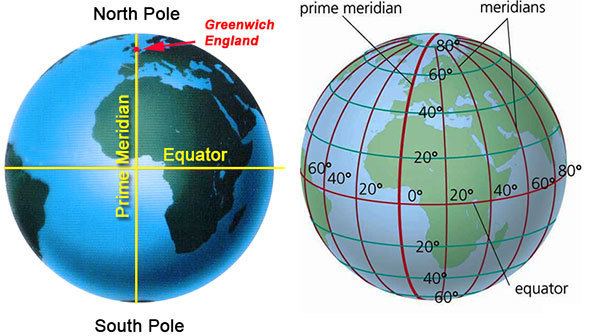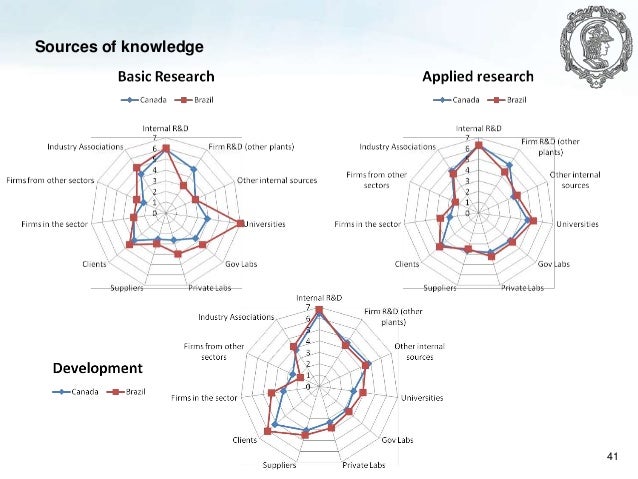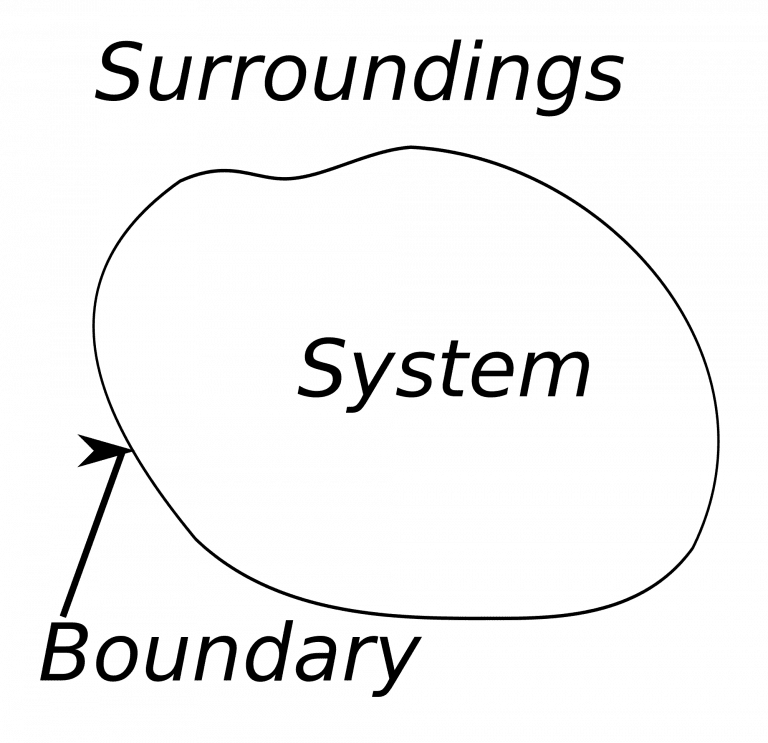

As the end of 1941 grew near, Germany and the United States continued a tense standoff in the North Atlantic.īy December 1940, Great Britain had run out of funds to wage its war against Germany. It sank into the frigid waters of the North Atlantic, where 115 sailors died. One of them, the Reuben James, broke in two after being torpedoed. The Germans escalated hostilities the following month, targeting two American destroyers. Roosevelt promptly responded by ordering American ships to follow a "shoot-on-sight" policy toward German submarines.


In early September a German U-boat fired on the American destroyer Greer, which had been radioing the U-boat's position to the British. which would justify him in opening hostilities" with Germany. Churchill later said that FDR pledged to "force an 'incident'.
#Define hemispheric defense zone free
It committed the two leaders to a postwar world of democracy, non- aggression, free trade, economic advancement, and freedom of the seas. During these meetings, the two men agreed on the text of the Atlantic Charter. In August 1941 Roosevelt and Churchill met face-to-face on board American and British warships anchored near Newfoundland. The attack also destroyed 188 air- planes and killed 2,403 Americans. Pacific Fleet, including 8 battle- ships, 3 cruisers, 4 destroyers, and 6 other vessels. Japan's surprise attack on December 7, 1941, sank or damaged 21 ships of the U.S. military to share the informa- tion available left Pearl Harbor an open target. The failure to collect suffi- cient information and the fail- ure of the branches of the U.S. It was a great distance from Japan to Hawaii, and Washington officials doubted Japan would try to launch such a long-range attack. On November 27, American commanders at the Pearl Harbor naval base received a war warning from Washington, but Hawaii was not mentioned as a possible target. American intelli- gence, however, had decoded Japanese communica- tions that made it clear that Japan was preparing to go to war against the United States. The Japanese govern- ment appeared to be continuing negotiations with the United States in good faith. Although Churchill detested communism and considered Stalin a harsh dictator, he vowed that any person or state "who fights against Nazism will have our aid." Roosevelt, too, supported this policy. In June 1941, in violation of the Nazi-Soviet pact, Hitler launched a massive invasion of the Soviet Union.

After calling off the invasion of Britain, Hitler returned to his original goal of carving out lebensraum for Germany in eastern Europe. While shipments of supplies to Britain began at once, lend-lease aid eventually went to the Soviet Union as well. By the time the program ended, the United States had contributed more than $40 billion in weapons, vehicles, and other supplies to the Allied war effort. he America First Committee disagreed, but Congress passed the Lend-Lease Act by a wide mar- gin. The group had many famous members, including aviator Charles Lindbergh, former governor Philip LaFollette, and Senator Gerald Nye. Roosevelt's destroyers-for-bases deal led to the founding of the America First Committee, a staunchly isolationist group that firmly opposed any American intervention or aid to the Allies. Closer to the center, the Committee to Defend America by Aiding the Allies, headed by journalist William Allen White, pressed for increased American aid to the Allies but opposed armed intervention. At one extreme was the Fight for Freedom Com- mittee, a group which urged the repeal of all neutral- ity laws and wanted stronger action against Germany.


 0 kommentar(er)
0 kommentar(er)
